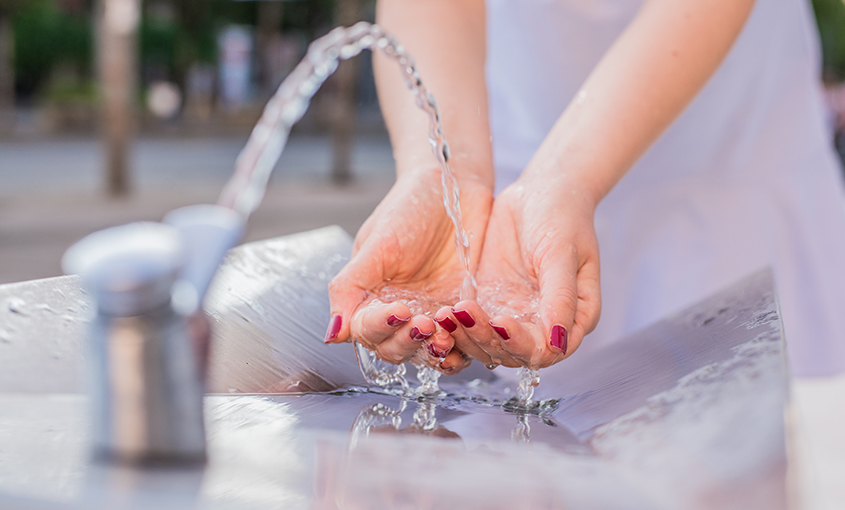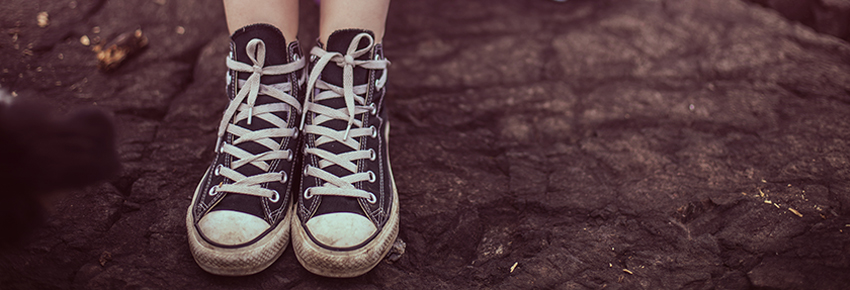Becky – a 17 year old with OCD
As part of her series of childhood anxiety disorders, Dr Sabina Dosani has used a patient she has worked with previously (all names have been changed) to discuss how OCD can present itself in teenagers and the treatment options available.
OCD
1 in 100 children and teenagers suffer from obsessive-compulsive disorder (OCD). A person with obsessive thoughts, who responds to these with the ‘ritual’ of carrying out specific compulsive acts, could be suffering OCD. Among adults with OCD, one third to one half develop the disorder during childhood or adolescence. Most clinicians do not see that many children with OCD, so we suspect a large number must be suffering in silence.
Becky – a 17 year old
17 year old Becky had to check things before leaving the house. Before going out she would check the oven was off, all the lights were off and all doors closed. She checked all these in a special order, and if she was interrupted by someone or by a text arriving, she made herself start again from the beginning. It started to get worse and she began wonder if the gas hob was switched off, so began touching all the hob knobs in a certain order. She would sometimes wonder if, when she was checking the light switches, she had inadvertently turned a light on, so would make herself go back and check.
Sometimes after getting to school she would worry that she had left the front door unlocked so would text her next door neighbour and ask her to double check. For a while, these checking rituals and responses from her neighbour were reassuring, but after some time, they did not relieve her anxiety any more.
Around this time she started washing her hands more frequently. She would wash her hands on arriving at school, but as soon as she touched the classroom door, she would think of all the others who had touched it and felt contaminated. Becky washed her hands as often as she could and carried sterile hand rub in her bag so she could make herself feel clean if she wasn’t able to leave class to wash her hands.
When she could wash her hands, she did so in a certain way, and if someone came into the bathroom she would start again from the beginning, washing each finger six times, and then rubbing each palm six times anticlockwise. She developed an intrusive and persistent fear that if she didn’t do her hand-washing and checking rituals properly, something terrible would happen to her family. She believed her mother or brothers might be hurt in an accident. At one level, she knew it wasn’t likely, but she didn’t want to chance it.

In clinic
When I met with Becky, I started by taking a detailed history, followed by a mental state examination, looking for co-morbid conditions like depression, and differentiating obsessions from delusions that could be part of a psychosis. The Children’s Yale-Brown Obsessive-Compulsive Scale (CY-Bocs) is a reliable and valid questionnaire which was used to help identify obsessive-compulsive symptoms and assess severity.
Treatment
I discussed with Becky and her parents the right treatment options and agreed that Becky would benefit hugely from starting weekly cognitive behaviour therapy. A big part of her treatment was exposure. Her therapist explained that exposure treatment decreases anxiety and discomfort associated with obsessions through a process called habituation. This was done by Becky imagining being contaminated with dirt or grime, or leaving the house with the front door unchecked. She then moved on to doing these things in real life. After several sessions of treatment, she put her hands in a rubbish bin, became very anxious but was not allowed to relieve her anxiety by washing her hands. Becky was able to see that although this felt uncomfortable, nothing bad happened to her family. Once she appreciated that those feared consequences did not occur, her anxiety decreased. This is called habituation.
Another key aspect of treatment was response prevention. Response prevention decreases ritual frequency. Becky was faced with dirt and an unchecked house without being able to carry out any hand washing or excessive checking. At first, the Becky found this too hard, so was allowed to delay performing a ritual, rather than giving it up completely. She worked, gradually, towards resisting the compulsion to check or wash. A graded hierarchy of anxiety producing activities and situations was made with her therapist. Exposure usually begins with the least anxiety-provoking situation.
Becky was given weekly homework exercises. Her family attended some therapy sessions too, and helped her with homework tasks.

Outcome/follow up
Becky needed 18 sessions of cognitive behaviour therapy in total, including some sessions to learn how to cope if her symptoms returned under times of increased pressure. She is now at University and is not longer troubled by intrusive thoughts or rituals. Whilst treating OCD isn’t always easy and can be incredibly stressful for the patient and their family, finding help early is often the best way of dealing with the symptoms before they have time to get worse.
Dr Sabina Dosani
Consultant Child & Adolescent Psychiatrist
Dr Sabina Dosani is a highly experienced Consultant Psychiatrist currently working for the Anna Freud Centre looking after Children and Adolescents. She has a Bachelor of Medicine and Bachelor of Surgery as well as being a member of the Royal College of Psychiatrists. Dr Dosani also has a certificate in Systemic Practice (Family Therapy).
Related articles
Anxiety in children – when should you seek help?
How can I help my child with stress and when should I seek professional help?

